 Image search results - "michinoeki" Image search results - "michinoeki" |

Tengokoro, for local gifts and products. てんごころ http://www.tengokoro.com/
|
|
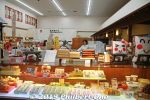
Inside Tengokoro.
|
|
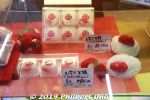
Strawberry daifuku is a specialty of Kita-Ibaraki. Made with locally-grown strawberries. Ibaraki is also a major producer of melons in Japan.
|
|

An-chan on a cup of sake.
|
|

Karinto manju.
|
|

Karinto manju from Kita-Ibaraki.
|
|
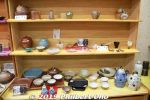
Pottery by our teacher, Kikuchi Hidetoshi and wife Mie.
|
|
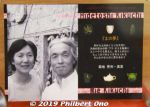
Kikuchi Hidetoshi and wife Mie.
|
|

At Tengokoro, you can make your own dorayaki with azuki bean paste. The shallow ladle contains the perfect amount of batter to make one pancake.
|
|
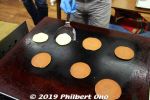
Dorayaki is like a small pancake sandwich with azuki bean paste in between. Wait until the batter bubbles and flip it over. Perfect each time. The dorayaki batter is very different from pancake batter.
|
|

The final step is to spread some azuki bean paste on one side and compress it into a sandwich. Way more delicious than any dorayaki you buy in a store.
|
|
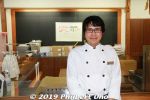
Our dorayaki teacher and Tengokoro store manager.
|
|

Michinoeki Biwako Ohashi Kome Plaza, a shopping place for local produce. 道の駅びわ湖大橋米プラザ
|
|

Inside Biwako Ohashi Kome Plaza. "Kome" means rice. On the first floor they sell local rice and produce.
|
|

Omi rice made in Shiga.
|
|
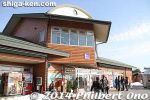
Kohoku Mizudori Station, a local roadside shop/restaurant for tourists traveling by car.
|
|
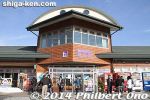
Kohoku Mizudori Station, a local roadside shop/restaurant for tourists traveling by car.
|
|
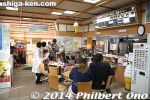
Inside Kohoku Mizudori Station, with a food stand and restaurant.
|
|
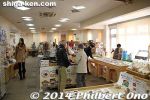
Inside Kohoku Mizudori Station, selling local products and souvenirs.
|
|

This booth had ko-ayu sweetfish tempura.
|
|
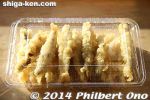
Ko-ayu sweetfish tempura, fresh out of the oil. Yummy!
|
|
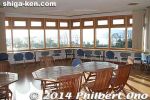
The 2nd floor of the Kohoku Mizudori Station for resting and dining. Also views of the lake and birds.
|
|

From the 2nd floor of the Kohoku Mizudori Station.
|
|
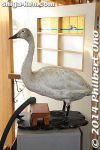
Stuffed tundra swan.
|
|
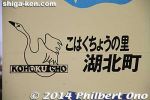
This area is called Kohoku-cho which used to be a separate town before merging with Nagahama.
|
|

Inside Toju-no-Sato Adogawa. Fresh produce, drinks, sweets, snacks, and souvenirs are sold.
|
|

One famous local specialty is the Adoberry, a boysenberry-like berry used to make diverse products such as jam, juice, cakes, etc.
|
|

Toju-no-Sato Adogawa also has a small fan museum.
|
|

Adogawa is also noted for the production of the bamboo ribs for Japanese folding fans.
|
|

How bamboo ribs for Japanese folding fans are made.
|
|
|
|
|
|





























